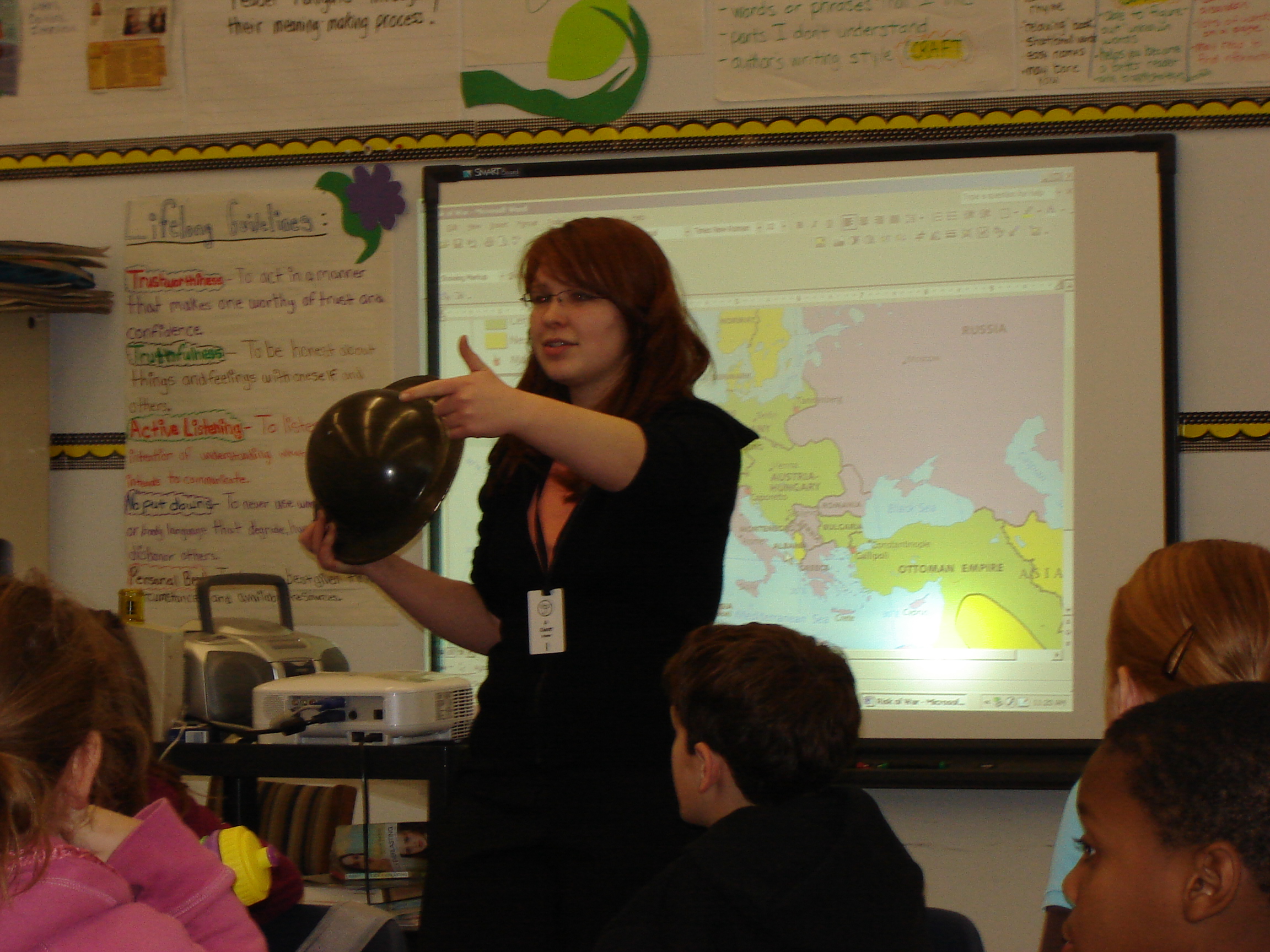Amanda Gantt's Professional Portfolio
Standard Three - Adapting Instruction for Individual Needs |
||
|
The teacher understands how students differ in their approaches to learning and creates instructional opportunities that are adapted to diverse learners. When we adapt instructional activities, an educator must use a variety of instructional strategies. This knowledge of multiple instructional strategies is an expectation set by INTASC Standard Four. By both knowing and implementing INTASC Standards Three and Four, an effective educator will be able to create an environment that reaches all of their students' needs. |
||
Rationale of Artifact One
|
Artifact One
|
|
|
Every student has different strengths and weaknesses, and it is our job, as educators, to use this knowledge to help our students grow. From our knowledge of our students, we are able to create an open environment that welcomes students in spite of their diversities. Through a paper that I wrote entitled, “ADHD Strategies for All Students,”, I show my understanding of how to approach students with different learning needs, and I explain ways that I can implement these strategies to help students without focusing on their differences. In INTASC Standard Three, it states that teachers must understand how students have different approaches to learning. Through this paper I was able to identify various strategies that I have found through the study of professional literature to help students who are challenged with ADHD. This shows that I study professional literature and can use the knowledge gained from my reading to reflect on what facilitates an effective learning environment. Also, in this paper, I was able to explain how I can implement these strategies to help all of my students and to create instructional opportunities to adapt these differing learners. From this paper entitled “ADHD Strategies for All Students”, I was able to show my knowledge of differing approaches to learning as well as ways that I can implement these strategies into my classroom to create an effective environment for all students. |
||
|
|
||
Rationale of Artifact Two
|
Artifact Two |
|
|
“Effective teaching must go beyond simply knowing about a subject or topic to being aware of how it fits in and what it has to offer.” (Moore, 1989, p3) I believe I am able to do this by providing different approaches to learning to help every student see how each subject fits into their world. I believe that I can show this most effectively through a photograph taken during one of my history lessons which proves that I engaged all three types of learners, showing that I implemented visual, auditory, and kinesthetic. During this lesson, I was gave the students an overview of World War I by telling them the story of World War I. I also showed them a map on the SMART Board of what it where it all happened, and I allowed them to touch artifacts from the war. By using this wide range of teaching approaches, I was able to reach my students and keep their attention which helped to create meaningful learning. From the explanation given above, I believe the photograph proves how I use different learning approaches in my class to help facilitate learning for all of my students. |
 This is a link to an enlarged photograph of the one shown above. |
|
|
|
||
|
|
|
|